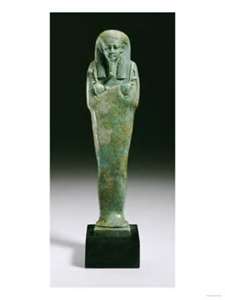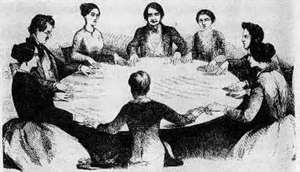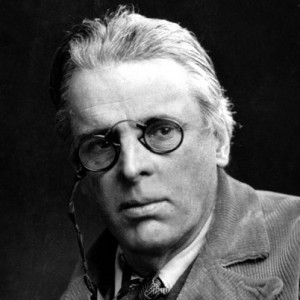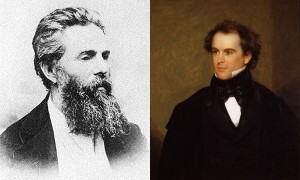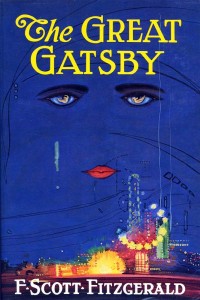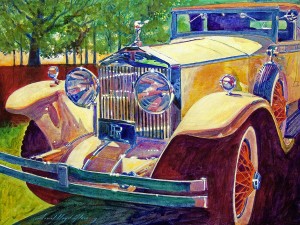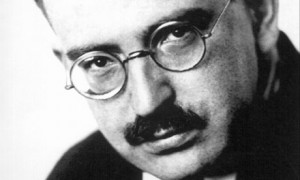In March of 1848 the Foxx sisters of Hydesville, NY convinced their family and neighbors that they had succeeded in discoursing with the dead. Although the girls later admitted it was all a hoax, they were able to persuade reasonable adults that the knocking, rattling and voice-altering strategies contrived for their own amusement were actually messages from beyond the grave, and as folly will, the practice spread, gaining substantial momentum at the beginning of the American Civil War with its thousands of newly dead and millions of grief-stricken relatives and friends desperate for some last words from their late loved ones. The practices of such chicanery – complete with hidden accomplices, floating sheets, scraping furniture and effusions called “ectoplasm” – even found ratification in the White House, where Mary Todd Lincoln was inconsolable over the death of her son Willie. Later, she would seek to communicate with Father Abraham on The Other Side. The spectral malarkey continued to thrive (though not without the occasional accompaniment of chicken feathers and hot tar, as the industry spawned a contrary debunking industry as well) in some regions until the First World War, which supplied a new surge of gullible bereaved.
When James Merrill (the literary connection here) presented us with The Changing Light at Sandover (the Ouija board being just another medium through which the dead were supposed to express themselves), the board was already relegated to the status of a toy or parlor game (mass produced by Hasbro). But as a trope, it was ingenious and infectious, luring many into willing suspension of disbelief, though few readers took up the planchette to converse with the likes of Napoleon, Sophocles, Cleopatra and their own ancestors. Merrill himself, by the way, before he died recommended that people find better ways to squander their time.
In the light of this history (familiar to me because I once wrote a story about a Ouija-foolish woman and because I recently spent a year reading about Mary Lincoln), I have been surprised to discover that Americans have turned to Facebook in an attempt to converse with the dead. Granted, I’m immune to almost all the fun and frolic most devout Facebookers experience, but this one was, well, beyond the beyonds for me: educated adults who vote, drive, reproduce, golf and even wash their socks sending messages to their lost love ones on Facebook.
Maybe I’m one of the last skeptics concerning the powers of Facebook, but I see only three viable possibilities. It’s conceivable that those posting such spectral memos are simply grief-addled, which is perfectly understandable among very close survivors – lovers, family, confidantes. Or perhaps this posting involves a kind of display mourning (see me being sensitive), which amounts to a contorted species of self-promotion. Finally, some may believe that Mark Zuckerburg has actually succeeded where previous aspiring spiritualists have failed: he has created a platform which facilitates communication with those beyond the grave.
I’m open to persuasion on any of these options and can easily understand the first, but if such messages as “Still thinking of you, bro,” really do either provide evidence of sensitivity or do in fact find their way to the ears (or spectral organs of hearing) of the departed, how’s it work? Inquiring minds . . . .
Admittedly, I am equally mystified by other contemporary funerary traditions, such as stenciling the name of a departed loved one on a Toyota windshield, but then neither have I understood wasting a good ship on a dead Viking or burying numerous doll-like shabti with a deceased pharaoh. Aiming at the practical, I believe, I have asked my wife to, when it’s clear that I’m really dead, have my remains burned. To get a head start, as my own fragile belief system would suggest.